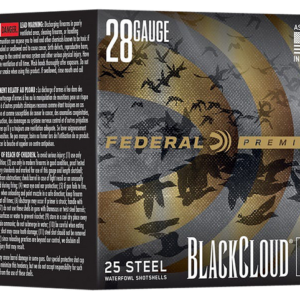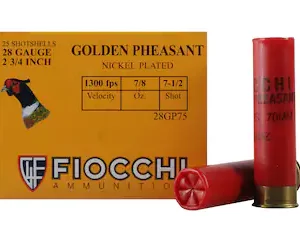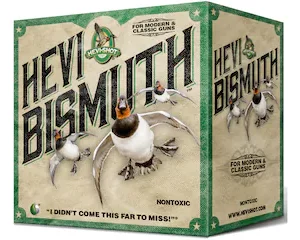28 Gauge Ammo: A Comprehensive Guide
The 28 gauge cartridge, with its rich history and versatility, remains popular among shooters and hunters. Here's an in-depth look at its background, uses and benefits.History of 28 Gauge
The 28 gauge originated in the 19th century, primarily used for hunting small game and birds. Its popularity grew due to its effectiveness and reduced recoil.
Characteristics of 28 Gauge Ammo
Ammo Specs
- Caliber: .28 inches (7.1mm)
- Case length: 2.5 inches (63.5mm)
- Muzzle velocity: Up to 1,200 ft/s
- Effective range: 25-40 yards
- Recoil: Mild, suitable for youth and beginners
Uses of 28 Gauge Ammo
- Small game hunting: Ideal for rabbits, squirrels and birds.
- Sporting clays: Popular choice for competitive shooting.
- Upland game bird hunting: Effective for quail, pheasant and grouse.
- Home defense: Suitable for self-defense due to reduced recoil.
Types of 28 Gauge Ammo
- Lead Shotshell: Ideal for hunting small game.
- Steel Shotshell: Suitable for waterfowl hunting.
- Buckshot: Effective for close-range hunting.
- Slugs: Accurate for long-range hunting.
Benefits of 28 Gauge Ammo
- Reduced recoil: Suitable for beginners and youth.
- Increased accuracy: Due to smaller caliber.
- Effective for small game: Ideal for hunting rabbits and birds.
- Versatility: Suitable for various shooting applications.
Factors to Consider When Buying 28 Gauge Ammo
- Manufacturer: Reputable brands like Winchester, Remington and Federal.
- Quality: Look for brass or nickel-plated casings, non-corrosive primers.
- Quantity: 25-500 rounds or more.
- Storage: Dry, secure containers to maintain quality.
Safety Considerations
- Proper storage: Store in dry, secure containers.
- Handling precautions: Avoid touching sensitive areas.
- Eye protection: Wear protective eyewear during shooting.
- Shooting range safety: Follow range rules and regulations.



